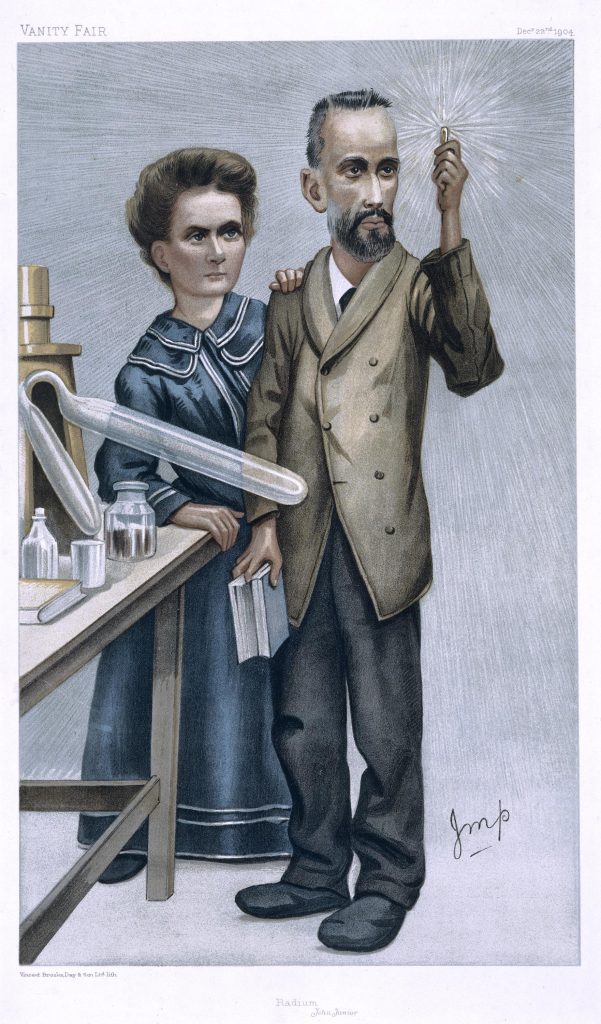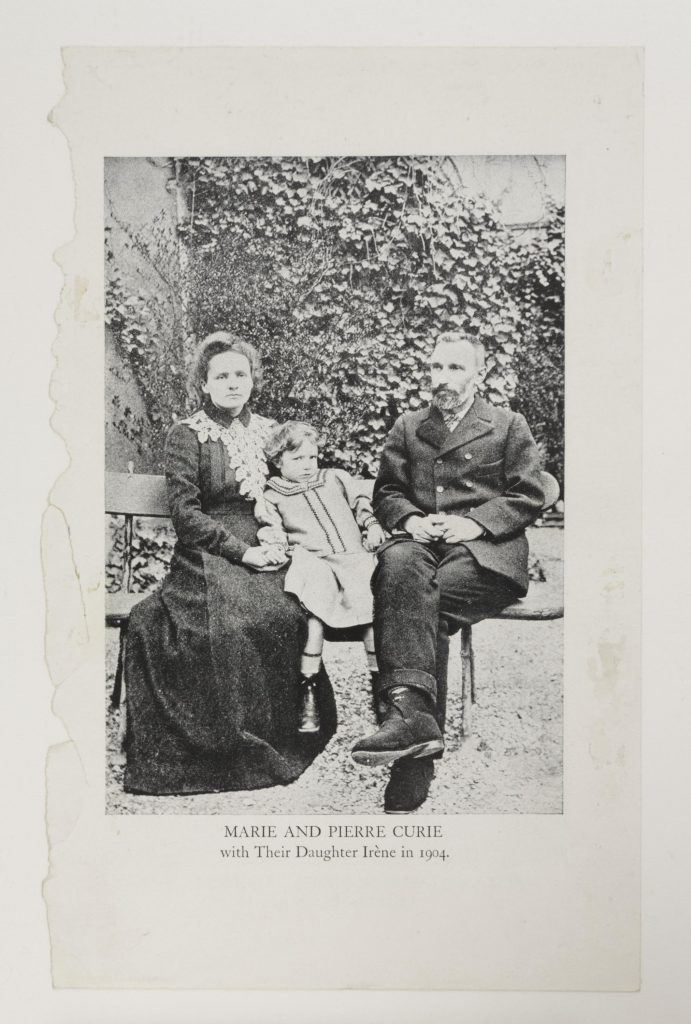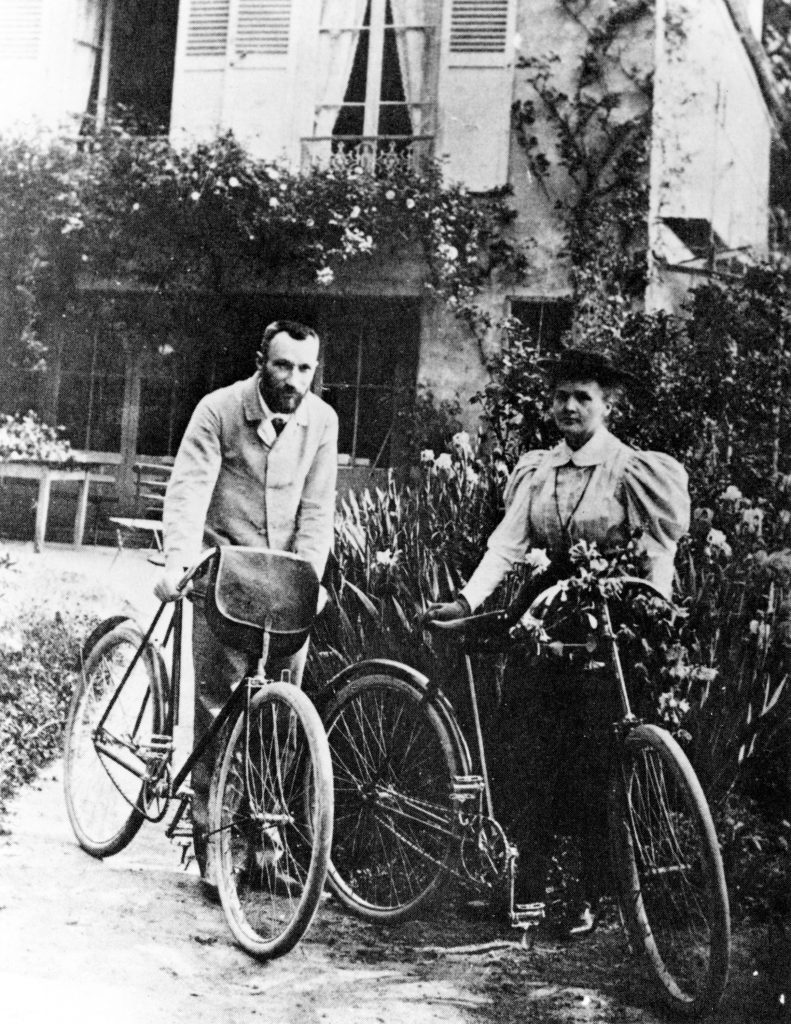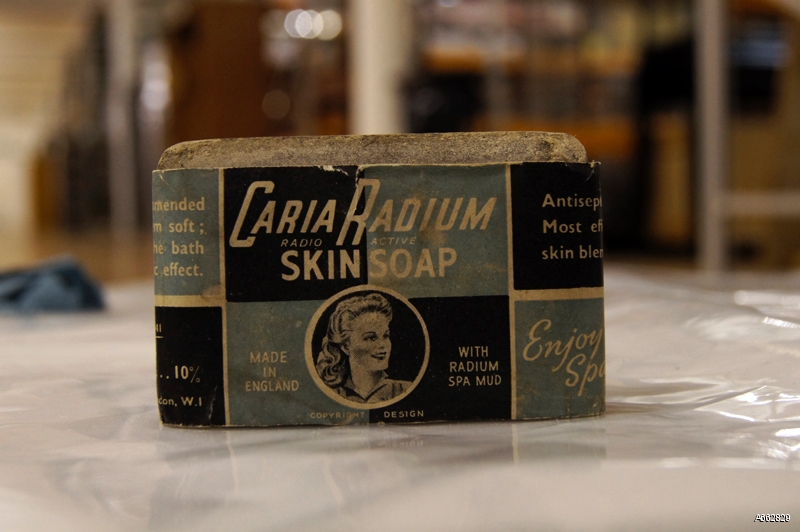Boxing day, a holiday named by the Victorians after the tradition of giving a ‘Christmas box’ – a gift or money – to the less fortunate.
Today, it might be marked by left-over-turkey sandwiches and general rest from the previous day’s festivities and feasting.
Not so for the Curies. On this day in 1898, Marie and her husband Pierre Curie announced the discovery of a new element, which they christened ‘radium’.

Their discovery was relayed to the French Academy of Sciences by Henri Becquerel, who two years earlier had discovered radioactivity, the process by which heavy, unstable atoms decay, emitting radiation.
The Curies’ Boxing-day paper noted the ‘radioactivity of radium … must be enormous’, having not yet managed to fully isolate the element.
They weren’t wrong. Radium is about a million times more radioactive than uranium. A white, luminescent substance, when radium is heated it gives off an eerie blue-green glow – over Christmas 1898 the Curies enjoyed watching this light in the evening.
‘We had an especial joy,’ Marie Curie recalled.’ These gleamings … in the darkness, stirred us with ever new emotion and enchantment’. Radium seems to have been a pretty festive Christmas present, the extent of its danger not known at the time.
The Science Museum has in its collection a flask used by Marie Curie to hold radium. The glass has been discoloured by radiation.

1898 was a big year for the Curies. Eight months earlier they discovered their first new element, ‘polonium’, named after Marie Curie’s home country Poland. These radioactive elements marked the beginning of a new epoch in chemistry and physics.
The Curies were also were raising their newly-born daughter Irène. On 17 October 1898, Marie remarked in her diary proudly she ‘can walk very well, and no longer goes on all fours’.

Following in the footsteps of her parents, Irène Joliot-Curie would win the Nobel Prize in Chemistry for discovering ‘artificial chemistry’.
The laboratory the Curies worked in were far from glamourous. Little more than a shed in a backstreet of Paris, the conditions by which they laboriously isolated a tenth of a gram of radium from one tonne of pitchblende, a uranium ore, proved detrimental to their health.
However, ‘it was in this miserable old shed’, Curie later reminisced, ‘that we passed the best and happiest years of our lives’.
After another year of hard work on radium, they took a well-earned bicycle holiday along the Channel coast of France, from Harve to St Valéry-sur-Somme.

Their discovery of radium caused immediate excitement in the scientific world, and soon also among the public, as a new industry of radium emerged anda vast range of products, from toothpaste to shoe polish, were sold advertising radium as the new wonder cure for health.
The Science Museum has some interesting examples of radium products, including this English soap made with ‘radium spa mud’.

In true Christmas spirit, the Curies never patented or sold their hugely-profitable element, sending out free samples.
After winning her second Nobel prize in 1911 (the first person to do so), Marie Curie established with her winnings the Institut du Radium (now the Curie Institute) in Paris. At the facility, she taught nurses radiology during the First World War.
It is now one the leading centres in the world for medical research and cancer treatment.
Radium has had a legacy Father Christmas himself would be proud of.